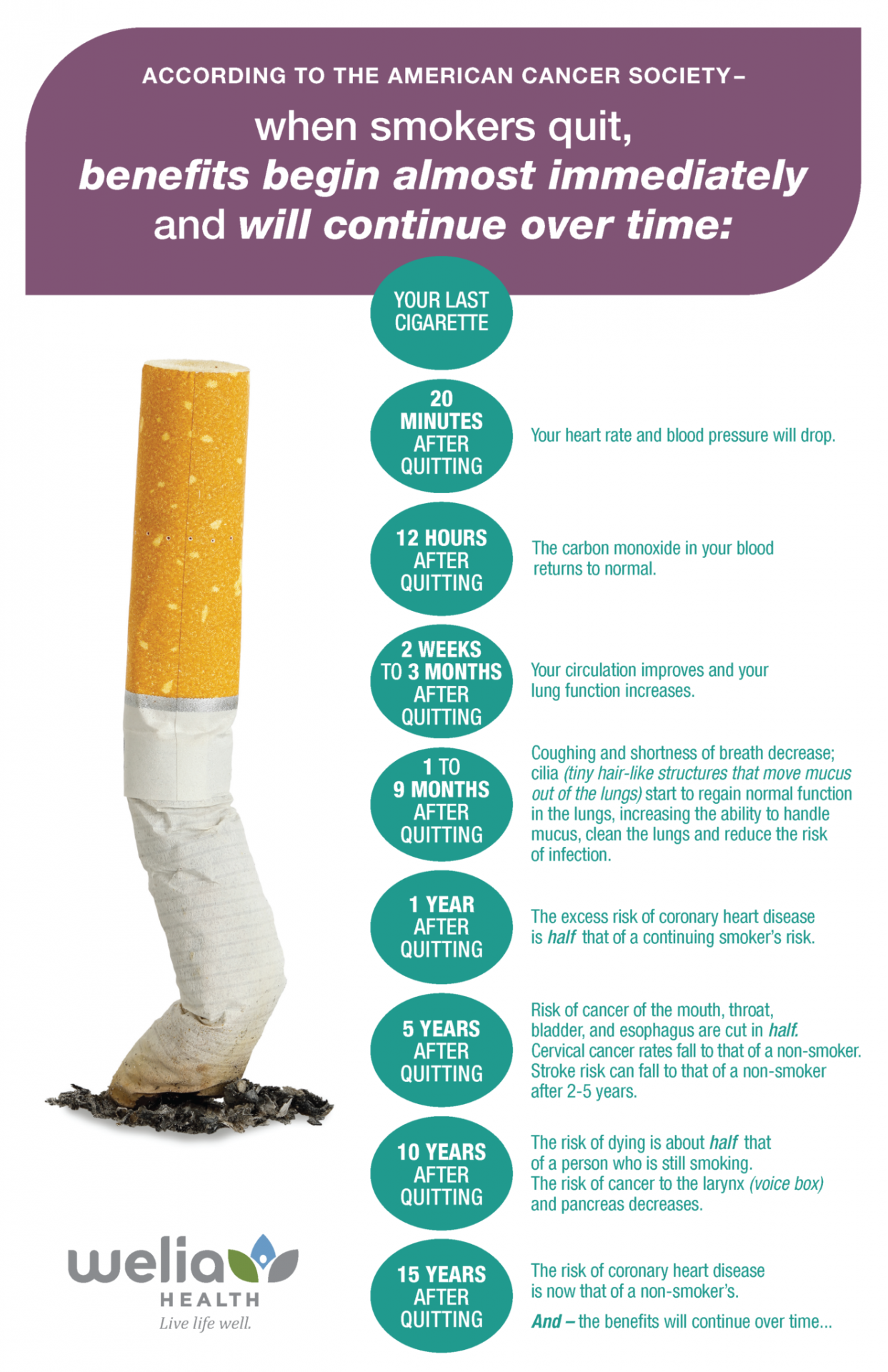Regenerative medicine procedures
PRP (platelet-rich plasma) treatments
The body has an incredible ability to heal itself. Platelet-rich plasma (PRP) therapy takes advantage of that phenomenon by using the body’s own blood to help accelerate the healing process.
What is PRP?
PRP is a blood product containing an increased concentration of platelets. Blood is made of different cells, including:
- Red blood cells: cells carry oxygen to the body
- White blood cells: cells that fight infection
- Platelets: cells that help blood clot and help the body heal from injury
When an injury occurs, the body responds by starting a healing process to repair the damaged tissue. Blood flows to the injured area and the healing process begins. Platelets that migrate to the site of the injury contain growth factors and proteins that are released that help promote healing.
Advances in medical technology now allow physicians to concentrate the platelets and inject them to the injured or painful area. Rather than injecting medication, or taking a pill, PRP uses the body’s own cells to help promote healing.
How does PRP therapy work?
To prepare PRP, blood is drawn from the patient and then placed in a centrifuge. The centrifuge separates the blood into its individual components. Once the blood is separated, the platelets are removed and injected into the injured or painful structure. An ultrasound machine is often used to ensure the platelets are administered precisely to the appropriate structure. The process takes about 30 minutes and is performed in the office.
Is PRP therapy right for me?
PRP is rarely a first-line treatment for an injury or painful condition and is typically used when other treatments have failed. Most acute and overuse injuries do have the capacity to heal with time, physical therapy, activity modification, etc. PRP has the potential accelerate healing, which is why a lot of professional athletes are incorporating PRP treatments in their recovery plans. The more common use of PRP treatments is for chronic painful conditions that have not improved with other interventions. PRP injections are commonly performed for painful tendons and ligaments but there is increasing evidence that they may reduce pain in arthritic joints as well.
PRP helps promote healing but improvement in symptoms typically takes 6–12 weeks and pain may actually increase for the first 1–2 weeks after the injection. This is a normal response and is part of the inflammatory reaction that helps trigger the healing process. Between 1 to 3 injections may be required and are typically spaced weeks to months apart. PRP is less invasive than surgery and is often used in an effort to avoid surgery, or cases when surgery is not a good option.
Learn more
If you have a painful condition that has not improved with other treatments and time, PRP therapy may be an option. To learn more, or to schedule a consultation, call Welia Health at 1.800.245.5671 or schedule an appointment using MyChart to see our Sports Medicine specialist.
PRP treatments are typically not covered by most private insurance plans. However, health savings accounts (HSA) may be used to pay for the procedure. In addition, workers’ compensation insurance may pay for the procedure. Please check with your health insurance company regarding coverage.




